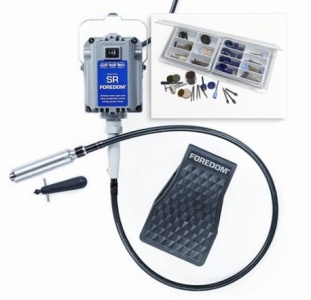Jewellery mastrpieces. A firebird by Jewellery Theatre
Tuesday, March 1, 2016
Labels:
Jewellery masterpieces
#jewelleryfacts365 30/365
Elizabeth Taylor’s most famous gem was a 69.42-carat pear-shaped diamond that Burton purchased at auction for over $1 million. It was originally set in a ring, “but even for me it was too big,” Taylor said. “So we had Cartier design a necklace.” She wore the diamond to the Academy Awards in 1970.

Labels:
diamond facts,
jewellery facts
DIY (guest post) .Flower vase decorated in the decoupage technique
This is a guest post by Elena with a lovely DIY project. Enjoy!
-------------------
Hi, I am Elena. I love decoupage technique for allowing me to up-cycle and re-use the objects that otherwise would be thrown away. Today I would like to show you how I do my up-cycling. See what you think of this!
Spring is coming and many flowers are about to bloom. I think I need one more vase. How about you?
I took a coffee jar and decorated it to make it into a lovely spring vase. Here is my instruction in case you like the idea!
You will need:
─ an empty coffee jar;
─ decoupage glue;
─ napkins;
─ acrylics;
─ lacquer finish (you can use a special decoupage varnish or a nail polish);
─ brushes (a flat brush and a fine brush);
─ universal self-adhesive stencil;
─ scissors;
─ a sponge;
─ vinyl gloves.
Wash and clean the surface of the jar by removing the labels and the glue. You will need to prime the surface if you are not able to clean it perfectly. You can use acrylic paint for this. Apply it with a sponge (the dye will lay evenly and dry fast this way). Keep in mind that the applied color will be visible from the back of the vase and through the napkin when it is glued on. Therefore, choose the primer color wisely; it should match your motif's palette.
Take your tissue napkin and separate its upper layer with the printed pattern from the rest of it. Put the white lower layers aside, and use the top thin layer to cut out a desired motif.
Apply the motif to the jar's surface. Dip the flat brush in glue to apply it to the motif. Move the brush from the center of the napkin to the edges trying to smooth the surface out. Avoid creating the wrinkles.
The glass was slippery, so I found that it was easier to do that work with the jar placed in a way that the surface I worked on was up.
Allow the glue to dry, then use your stencils to decorate the back side of your vase. Remember to decorate the top edge of the jar to hide the thread for the lid.
Look at the vase from all sides once the glue is dry and decide if it needs to be decorated more. I find that it is necessary to varnish the motif edges (use the fine brush for this).
Stick the stencils to the sides of the vase and use your nail polish to paint the patterns on them.
You can start using the vase as soon as the lacquer is dry.
I also would like to show you the difference between a transparent and a dark colored bottle when you are using the same decoration technique. Here are a few pictures for you:
I hope you will find this idea helpful!
Subscribe to:
Comments (Atom)















































